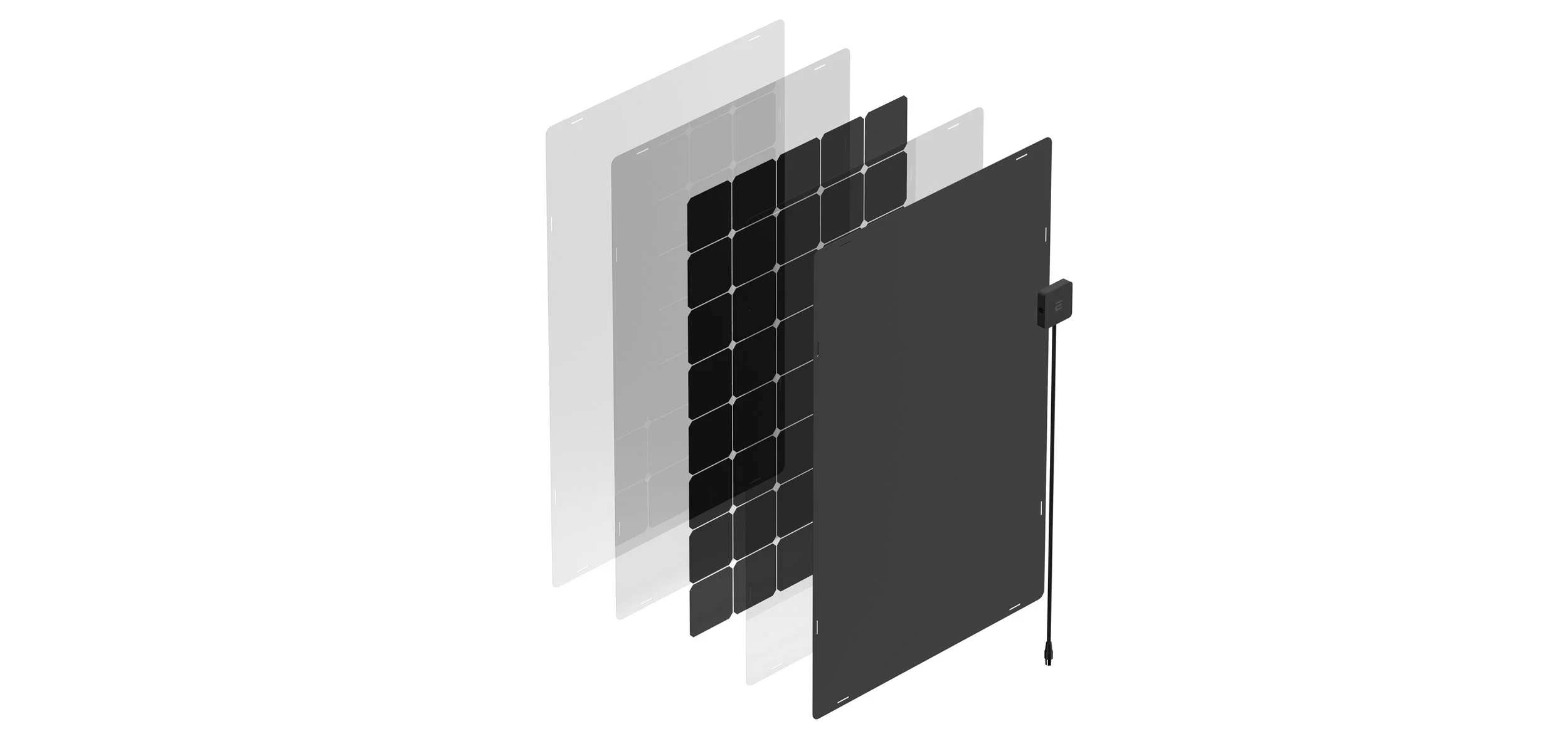
SolMate | Solar energy for everyone
Design Lead (Freelancer)
EET
2018
James Dyson Award
Research - Ideation - Concept Development - Concept Refinement - Visualization - Design Implementation - Branding - Strategy - Webdesign - Consulting
Role
Client
Year
Award
My activities
SolMate, the fist mini-photovoltaic system worldwide with an integrated energy storage, will allow wider sections of the population to actively participate in the energy revolution. Particularly for broader parts of the urban population, Solmate will offer a first-time opportunity to realize personal convictions and reduce one’s own carbon dioxide emission. SolMate is conceptualized as an outdoor balcony system and aimed at tenants and apartment owners without their own roof surfaces. It is designed primarily to feed self-generated power into the household.







The idea was born in Graz
Abstract
This master thesis will document my collaboration with EET. My focus therein was the concept and product development of SolMate. The intensive engagement with theoretical aspects of the energy revolution, mega trends as well as project-specific technologies allowed me to identify and point out potentials and weaknesses and to integrate those into the conceptual refinement. The subsequent ecological accounting of SolMate then provided information on the usefulness of the product from an ecological perspective.
One of the central concerns throughout the entire product development process was the maximizing of sustainability while simultaneously considering the financial and production-orientated feasibility. Aside from the physical product development, this master thesis also encompassed a complete branding (CI) and redesign of the website including key visuals.









Solmate
Lightmate
Solmate Move
Life Cycle Assessment
Improve
Based on the initial SolMate assessment, I compared two different variants of the SolMate. Initially, I examined which stages of the product life cycle have the greatest impact on the environment.
The first figure cleary shows that the manufacturing process of SolMate (Worst Case) has the largest impact, attributing over 98% of CO₂ emissions and over 96% of environmental burdens (mPts/year).
During the design process, I aimed to make the product as efficient and material-saving as possible, avoiding complex manufacturing processes. Using the Worst Case variant as a basis, I created a Best Case variant with Sustainable Minds tool. This involved modifying both material selection and end-of-life disposal.
IMPACT BY LIFE CYCLE STAGE
TOTAL CO² IMPACT
The graphic illustrates a comparison of the total CO₂ emissions between the two SolMate variants, Worst and Best Case. The majority, over 81.5%, of CO₂ emissions are attributed to technically relevant components (battery, electronics, solar panels, inverter). The components influenced by design have a relatively small overall impact. By using more sustainable materials and ensuring proper end-of-life disposal, CO₂ emissions can be reduced by 2kg per year, totaling a savings of 40kg CO₂ over the entire lifespan of a SolMate. The most significant impact comes from the use of recycled aluminum, nearly halving the housing’s impact. The emissions from plastic components are proportionally so low that they are not visible in the graph. The potential savings from using secondary ABS are marginal, but refining precious metals in a processing facility can noticeably reduce the inverter’s impact.TOTAL IMPACT BY mPts/year
A similar outcome is evident in the comparison of the total impact in mPts/year. Overall, the Best Case variant performs 15% better than the Worst Case variant. Again, over 75% of environmental burdens are attributed to technically relevant components. In this assessment, the aluminum housing, however, has the second-largest impact of all components. Using recycled aluminum can reduce the housing’s impact by nearly 80%. Another saving potential lies in processing the inverter in a recycling facility. The contribution of plastic parts to the overall impact of a SolMate remains extremely low. While the use of secondary ABS plastic would lead to a marginal improvement, the impact is minimal.

















































